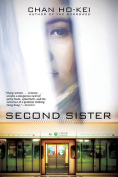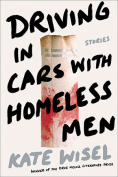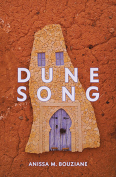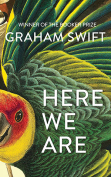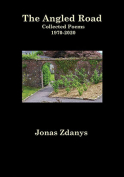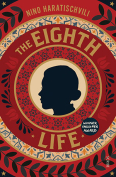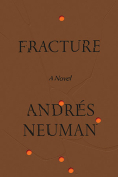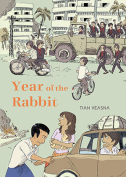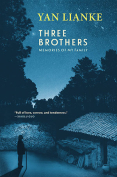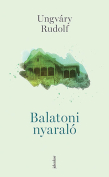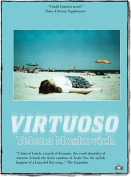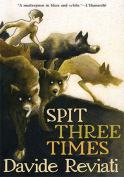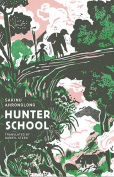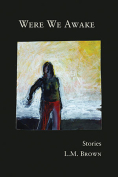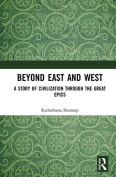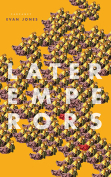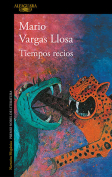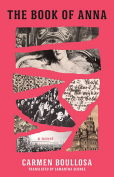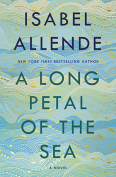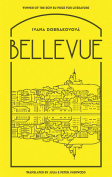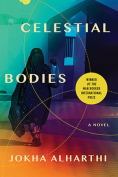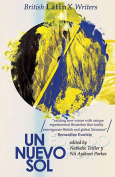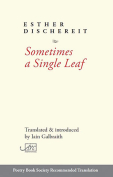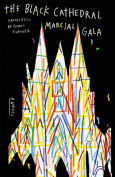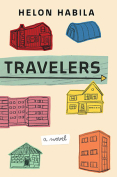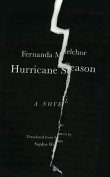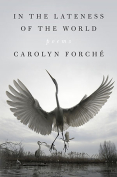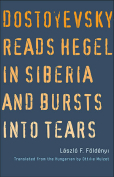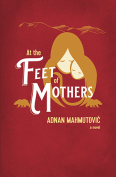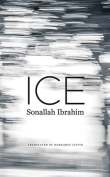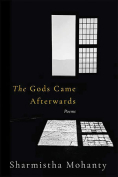Beyond East and West: A Story of Civilization through the Great Epics by Suchethana Swaroop
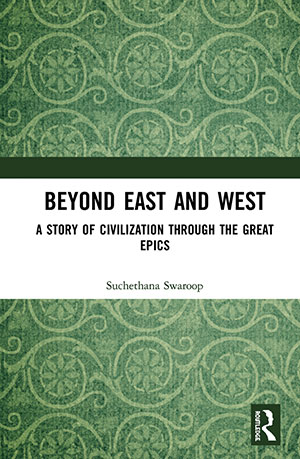 Abingdon, UK. Routledge. 2019. 293 pages.
Abingdon, UK. Routledge. 2019. 293 pages.
BEYOND EAST AND WEST: A Story of Civilization through the Great Epics, by Suchethana Swaroop, is an attempt to shed light on the evolution of civilizations through the literary epics of India and the West. The twenty-two chapters of the monograph weave a comparative approach between European and Indian culture to analyze how epics have markedly reflected the development of their time and pushed forward future transitions. Textual examples are presented to portray how literary epics reflect the human mind and how the evolution of language itself is embedded within these epics.
The author illustrates how epics as an imaginative experience had the ability to respond to the crises of their times and to shape the challenges of each historic era—for example, literary epics in the Western world played a significant role in the formation of culture by orienting people’s thinking toward moral, theoretical, and ethical questions. Swaroop addresses the major European epics by Homer, Virgil, Dante, and Milton, along with passages of Indian poetry from Valmiki, Vyasa, Kālidāsa, and from Kannada poets such as Pampa. The monograph highlights the importance of poets connecting the past and the future by rewriting their literary tradition with a modern spirit that copes with the social and political challenges in each age; a mission, according to the author, Virgil and Dante successfully accomplished by providing visionary perspectives that resonate in the modern era.
The author also aims to question the limitations that blocked the way of Indian culture to revisit its cultural models and to bring up social and political changes. For instance, the social and the political are highly dominant in Vyasa’s Mahabharata and Valmiki’s Ramayana through their thematic and stylistic aspects, and many successive poets adapted these two major epics differently to reflect on the human values of their time. Yet the author is critical of undermining a modern reading for these Indian epics and their adaptations. Indian epics represent an accumulation of creativities and geniuses where human transformations in Indian culture were documented with subtle details through which modern critics and readers can grasp a historical sense that embraces present-day social and political issues.
Swaroop depicts how a genuine revision and revaluation of literary models, beyond the jargon of East and West, revitalizes the forces of humanism since a humanizing reading of epics can always bring dynamism back to its reading culture instead of restraining its potential within the same placid state in the past.
Laila Zaitoun
Western University
London, Ontario
